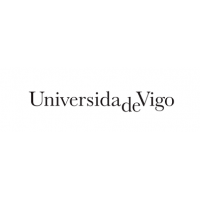Showing 1 to 15 of 2075 results
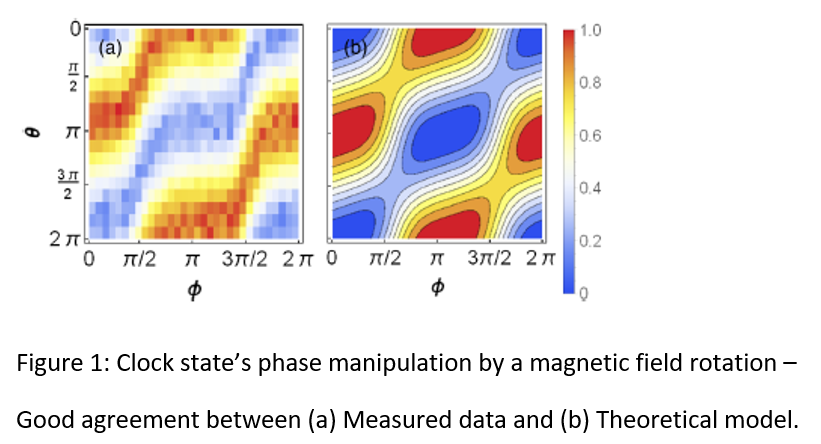
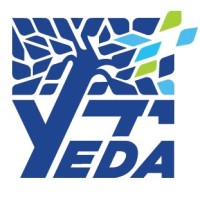
Atomic Magnetometer with Increased Coherence Time for Improved Magnetic Fields
Patents for licensing Yeda
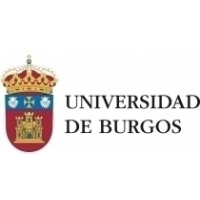
Synthesis of chiral derivatives of hydroxyalkylamides
Patents for licensing UNIVERSIDAD DE BURGOS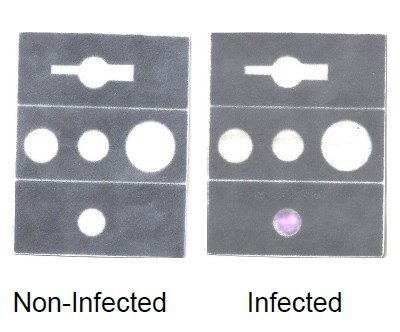
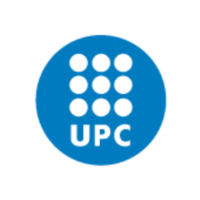
Foldable paper-based devide for detection of infection in body fluids
Patents for licensing Universitat Politècnica de Catalunya - UPC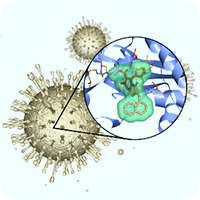
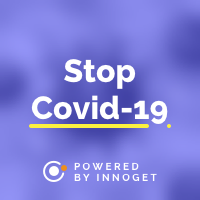
SARS-CoV-2 Helicase Targeted Library
Innovative Products and Technologies Covid-19 Innovation Challenges by Innoget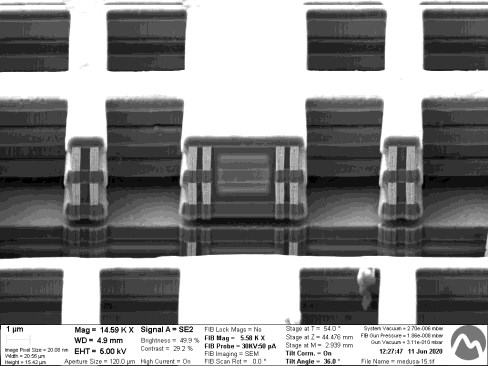

High-performance CMOS-MEMS manufacturing technology
Patents for licensing Universitat Politècnica de Catalunya - UPC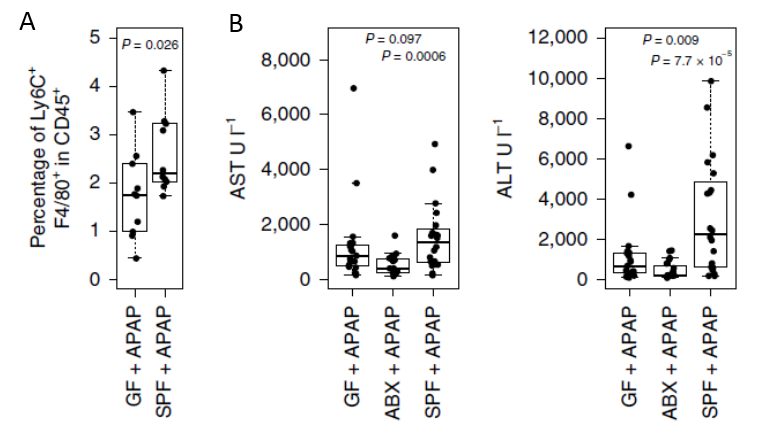

Treatment for Acute liver failure (ALF)
Patents for licensing Yeda

Polymeric membranes with antiseptic capacity for food and textile aplicattion
Patents for licensing UNIVERSIDAD DE BURGOS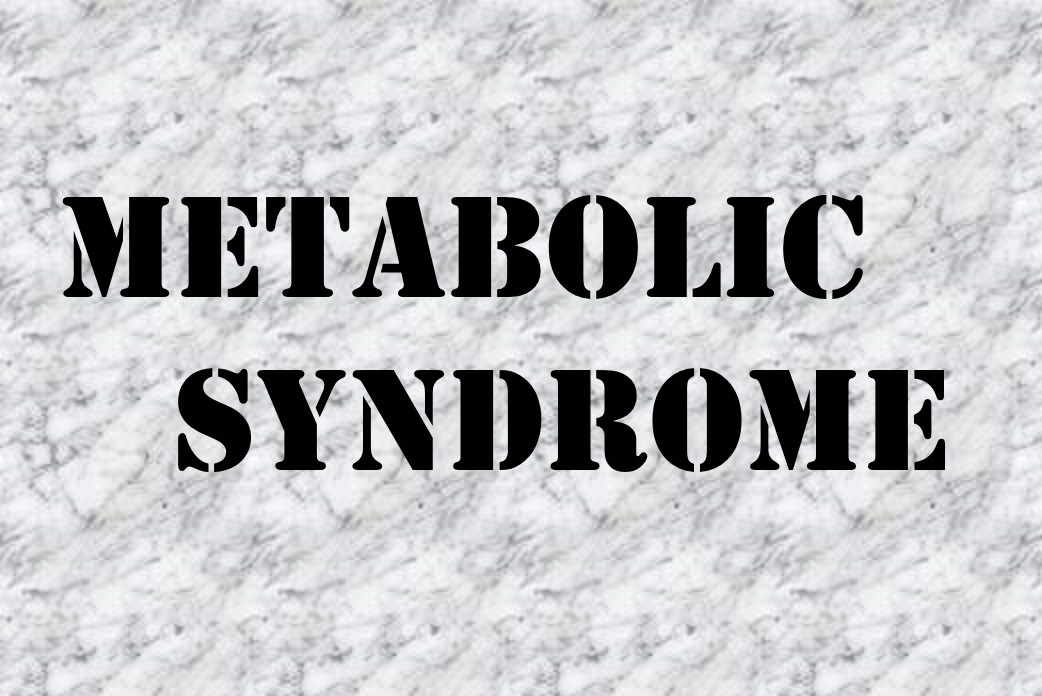
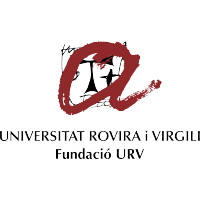
New composition for prevention, amelioration or treatment of obesity and metabolic syndrome-related diseases
Patents for licensing Fundació URV

Design of a Multivalent mRNA Vaccine to Protect Against Multiple Variants
Patents for licensing Yeda
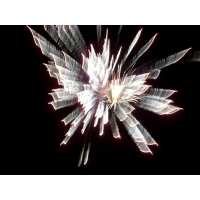
Correction of previous posting on this product. Several zero's were dropped.
Innovative Products and Technologies Tech Line Coatings, Inc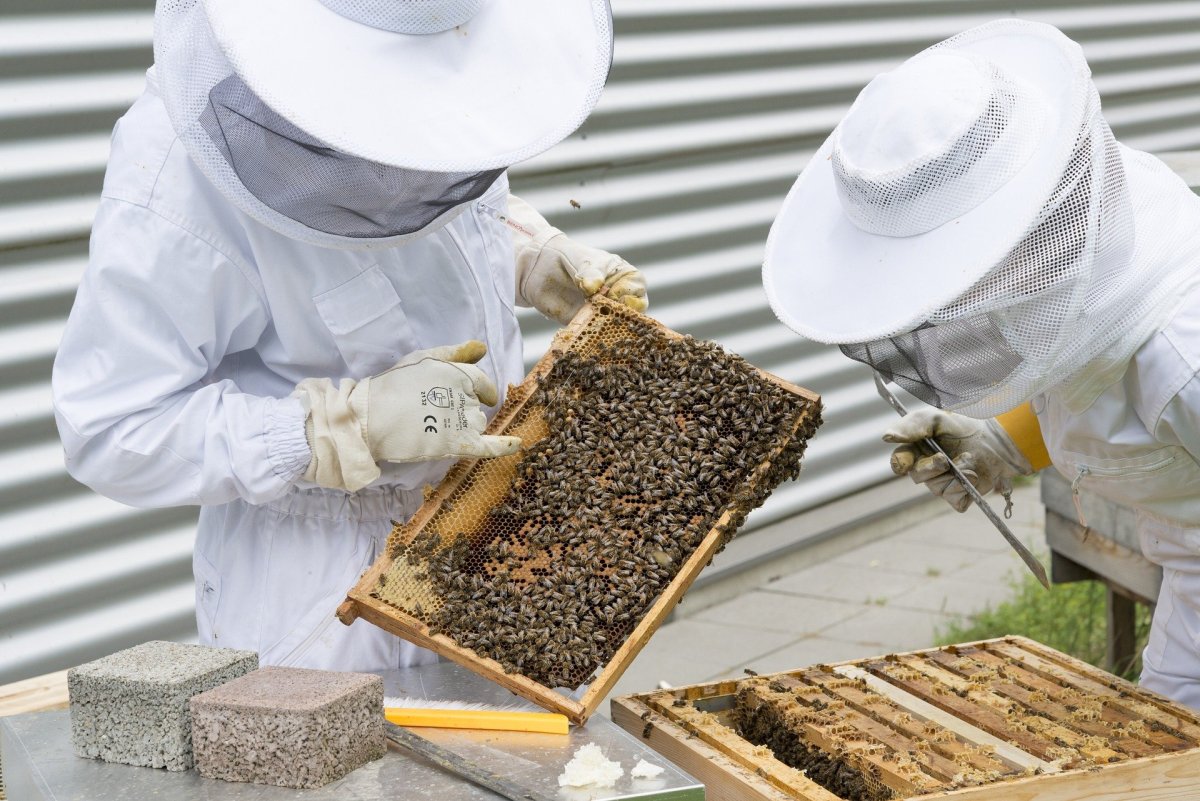

Honey powder preparation method
Patents for licensing UNIVERSIDAD DE BURGOS
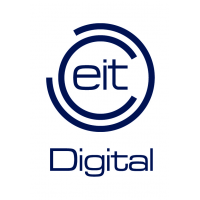
UNITED SIGNALS - Turning paper-based businesses into Streamlined Digital Dealmakers
Innovative Products and Technologies EIT Digital
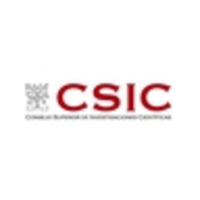
Control method for a neuroprosthetic device for the reduction of pathological
Patents for licensing CSIC - Consejo Superior de Investigaciones Científicas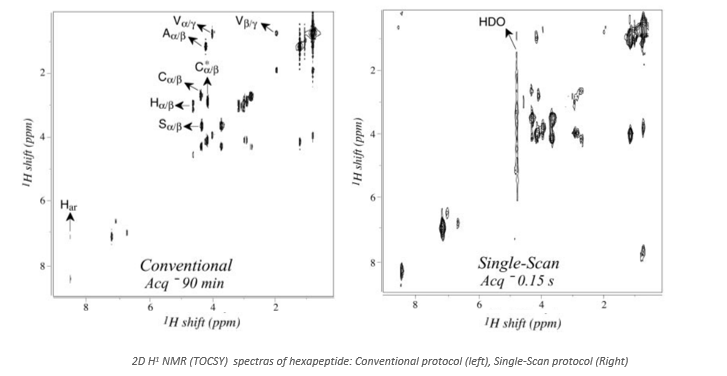

Acquisition of Multidimensional NMR Spectra in a Single Scan
Patents for licensing Yeda
